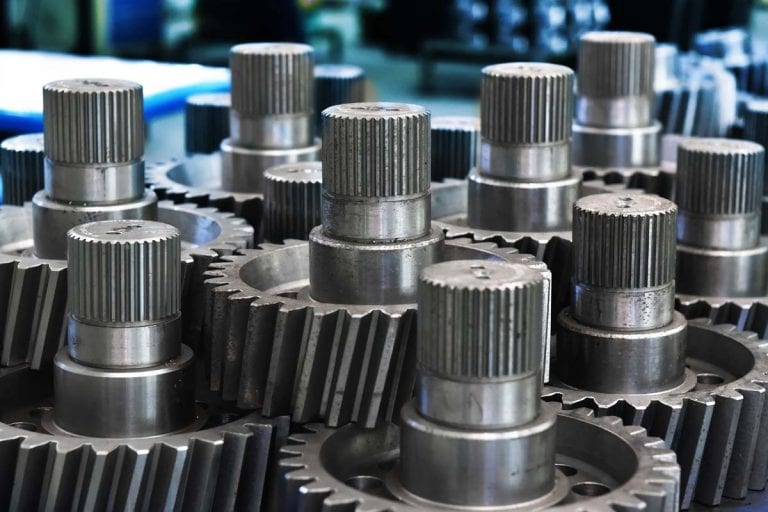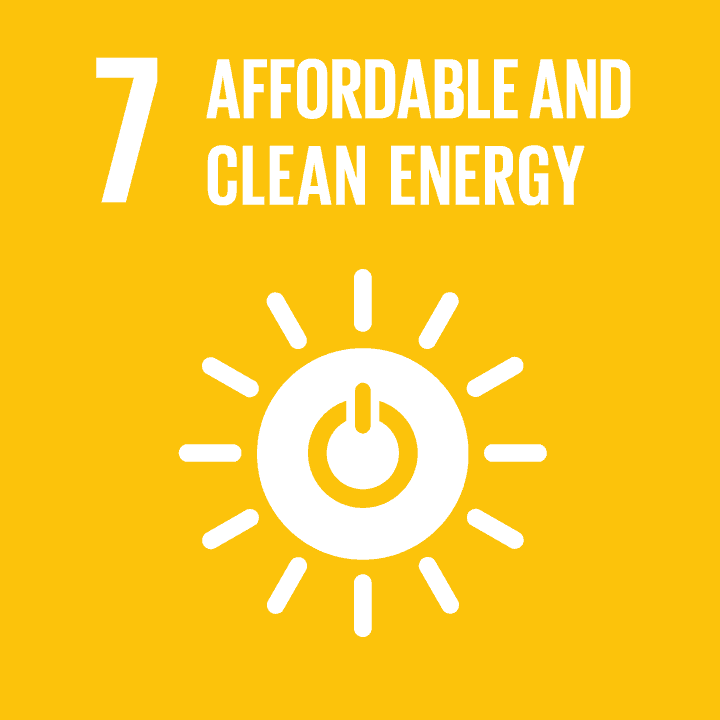Generator <--> Motor
 Photo: © iStock onlyyougj
Photo: © iStock onlyyougj - Resource Type
- Experiment
- Subjects
- Engineering Physics
- Topics
- Energy Engineering Process
- Time for activity
- 2–3 hours
This project allows students to explore some interesting topics in physics and engineering through simple machines like a motor-generator setup.
- Introduction
-
Have you ever wondered where electricity comes from? During the past 150 years, electricity has changed our lives dramatically, but most people think it comes from the socket in their wall. Can you imagine living in a world without electricity?
Building simple machines from trash is not that easy, and when it comes to building a small generator it gets more complicated. In this project we will do exactly this.
This project allows students to explore some interesting topics in physics and engineering. It’s a great opportunity to learn about simple machines like a motor-generator setup. Here we can also investigate how electricity is produced and what is needed to produce it.
The motor needs kinetic energy, the energy of motion, in order to turn his axle. Where will that energy come from? It could come from human workforce, it could come from students.
Finally, we can use this project to demonstrate the engineering design process. It is unlikely that you will think of an idea for a machine, sit down and build it, and have it work perfectly on the first try. Just encourage students to come up their own designs, test the designs and modify the designs to improve them.
Professional engineers rarely get things right on the first try!
- Key Objectives
-
- Building a machine that can generate electricity from human work.
- Understanding the relationship between forces, motion and energy.
- Understanding how kinetic energy can produce magnetic fields that push or pulls electrons in certain objects. It forces them to move.
- Understanding that metals like copper are very good conductors of electrons.
- Understanding that if a magnet is moved quickly through a coil of copper wire, the electrons will move–electricity is generated.
- Guiding Questions
-
- How could you build a machine to generate electricity by using these materials?
- What is the principle of an electric generator?
- Which materials conduct electricity?

/rating_on.png)
/rating_off.png) (10 )
(10 )



